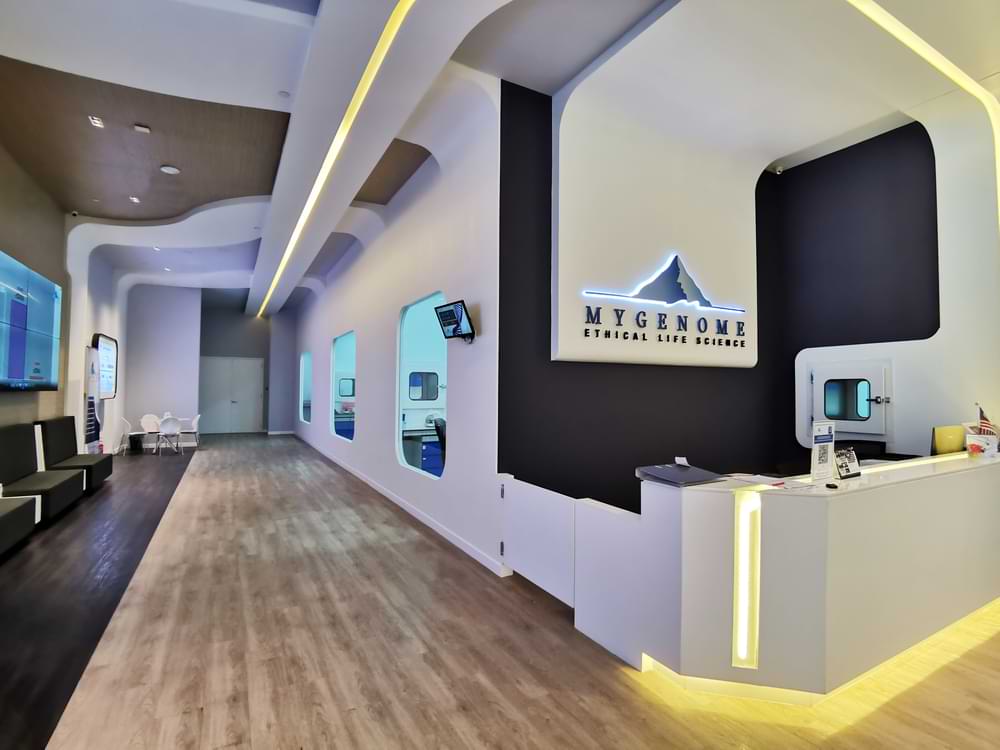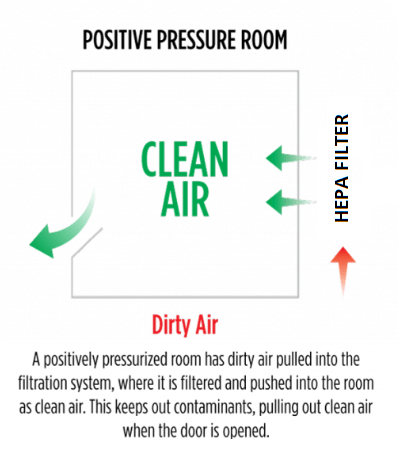Introduction
A cleanroom is a controlled laboratory environment designed to maintain low-level airborne particles, contaminants, and pollutants. This controlled environment is typically used in industries such as pharmaceuticals, biotechnology, semiconductor manufacturing and others where a high level of cleanliness and contamination control is essential for the production or research process.
Research involving sensitive experiments, particularly in areas like microbiology or nanotechnology, often requires a cleanroom environment to prevent interference from contaminants.
Cleanroom Classification
The cleanliness of a cleanroom is typically classified based on the number and size of particles present in a given volume of air or how clean the air is. This classification is often defined by international standards such as ISO 14644-1. Based on ISO 14644-1, cleanrooms are assigned classes ranging from ISO Class 1 (the cleanest) to ISO Class 9 (relatively less clean). The lower the class number, the stricter the cleanliness requirements. In MyGenome, our cleanroom facility complies with ISO Class 7. We comply with the specification as follow:


Maintaining A Cleanroom
Essentially, a cleanroom is a highly sterilized environment where air must pass through a filter to enter the area. The air pressure inside the cleanroom usually is higher than the air pressure outside it. So that no contaminated air can penetrate it. The main contaminant is the human who enters and exits the room.
Key features and practices in cleanroom environments include:
1- Controlled Air Flow
Cleanrooms maintain a controlled airflow pattern to minimize the introduction and spread of particles. Air is usually filtered through high-efficiency particulate air (HEPA) filters to remove particles of varying sizes.

2- Cleanroom Garments
Lab personnel entering a cleanroom must wear complete and proper Personal Protective Equipment (PPE) to help prevent shedding of particles from the body and clothing. Protective clothing usually includes an isolation gown, gloves, mask, hairnet, and shoe cover.

3- Actively maintain regular cleaning to keep the surface contaminant-free.
4- Entry and Exit Procedures
Cleanroom access is limited and controlled
5- Environmental Monitoring
Regular monitoring of particle counts, temperature, humidity, and other environmental factors is carried out to ensure the cleanroom’s compliance with specified cleanliness levels.
6- Training and Protocols
Lab personnel are trained in proper gowning, behavior, and hygiene practices to minimize contamination risk.
What Are the Dos and Don’ts in a Cleanroom?
Do:
- Do wipe down all surfaces on a regular basis to remove contamination.
- Make sure doors are always closed to maintain positive pressure.
- Always have all laboratory personnel wear proper PPE to prevent bringing contamination into the cleanroom.
Don’t:
- Don’t eat or drink in your clean room.
- Don’t bring dirty equipment or material into a clean room. Always wipe it down before bringing it.
- Don’t turn off the HEPA fan filter units. It will take several times after turning them back on before the cleanroom is clean again.
Conclusion
In summary, cleanrooms are required in industries and research fields where even minor contamination can have significant consequences on the quality, safety, and reliability of products and research outcomes. Monitoring and maintaining the cleanroom is important for the laboratory to comply with the requirements and specifications of international standards and for the sterile environment of the laboratory.
Reference
International Standard ISO 14644-1:2015 (E), Second Edition. Cleanrooms and associated controlled environments – Part 1: Classification of air cleanliness by particle concentration.







